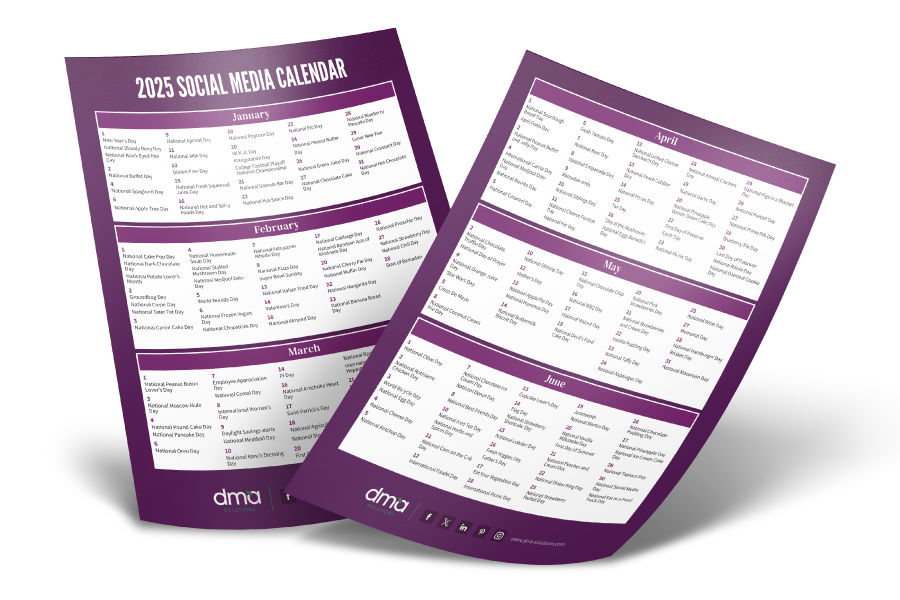If you’ve scrolled through your social media feeds and taken note of, say, a friend’s post about a favorite restaurant, or simply sifted through product reviews before making a purchase, congratulations: you’ve interacted with user-generated content. This type of content comprises a powerful tool that can influence purchase decisions and expand your reach to the friends, family, and entire follower base of anyone sharing your content online. Wondering what makes user-generated content so valuable? These three reasons are a great start:
User-Generated Content Demonstrates Advocacy
It is true that content created by shoppers will not always meet your aesthetic brand standards. But more important than the possibility of any practical visual content applications is the fact that user-generated content represents something indispensable. User-generated content is a tangible, visible demonstration of a shopper’s loyalty to and advocacy for your product or service. It represents your shoppers’ willingness to stand up on their soap box and proclaim the value of your brand. And it’s wildly effective—did you know that 30% of millennials’ media time is spent with user-generated content? It’s true! This kind of content is consumed on a daily basis—often without viewers even registering the fact they are being exposed to a brand.
User-Generated Content is Authentic
Content created by shoppers is usually not staged or sponsored, meaning it will be viewed as genuine and unbiased. This authentic human connection is incredibly motivating to today’s consumers. According to Nielsen, 92% of people trust recommendations from friends and family more than any other kind of advertising. And it’s not just the opinions of close companions that matter to consumers—in fact, 88% of people trust online reviews written by other shoppers just as much as recommendations from personal connections. In essence, the trust that stems from user-generated content significantly affects a shopper’s intent to purchase.
User-Generated Content Deepens Your Understanding of Shoppers
Curious to know how shoppers are buying and using your products? User-generated content can inform and educate your team on how shoppers are interacting with your brand. Whether through a recipe photo, a grocery haul photo, or a review on your company Facebook page, you can first gain insight into how shoppers are receiving your products and then leverage that feedback with retail customers and other consumers. And it’s not just consumers this strategy works for: speak to your buyers by sharing positive online reviews from shoppers to demonstrate the value you’re bringing retailers as a trusted, quality provider of your product. Leverage the product photos shoppers take by reposting them on your own social feeds, showing other shoppers the value they can expect from your brand.
Because social media is widely and easily accessible, people feel more empowered than ever to share their honest opinions with friends and family. As a marketer, I can testify that this is a priceless form of engagement, because your shoppers are actually marketing on your behalf (that’s a nice change, isn’t it?). To encourage people to share more user-generated content, consider hosting a contest on social media—and be sure to share the content as you receive it! If you have a large social media community especially, shoppers will be excited and encouraged by seeing their posts shared on your feeds. In fact, 60% of consumers that create and share brand-related content are motivated to do so in order to have their content liked or featured.
User-generated content helps your shoppers feel more engaged, appreciated, and trusting of your brand. The next time you log into Instagram, check your brand’s tagged photos and see if you can spot a few advocates in your feed!
Want to learn more about the value and power of today’s social media platforms? Download our FREE Stats That Prove guide to get insight on how people are using social media to make purchasing decisions.
{{cta(‘1ae4ca72-b91f-4c73-b8ba-b135cc1eee37′,’justifycenter’)}}












